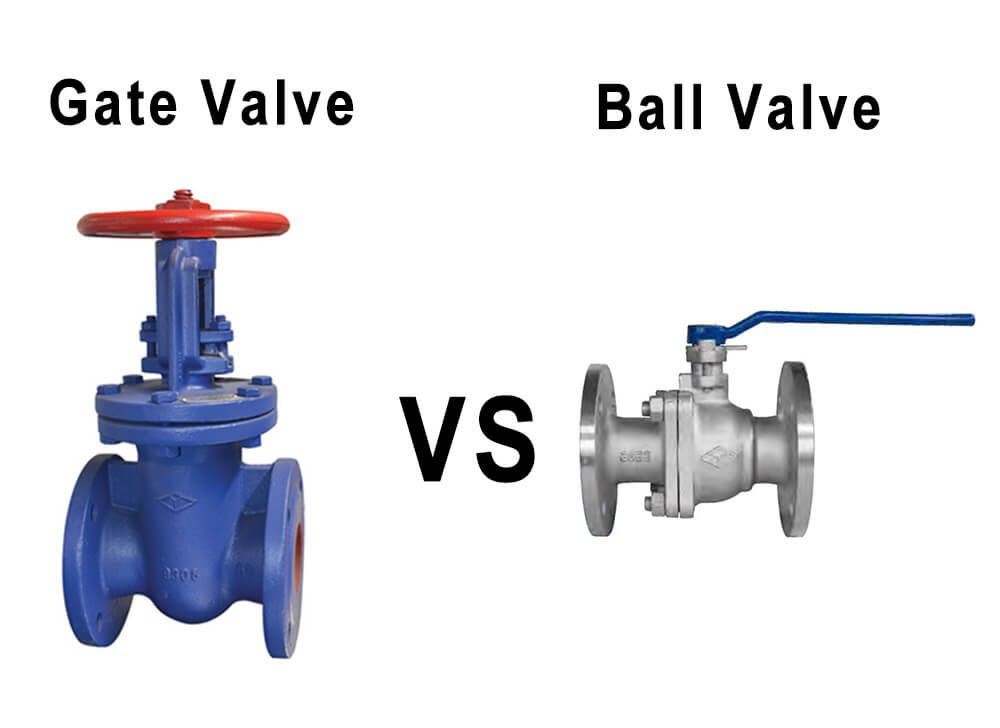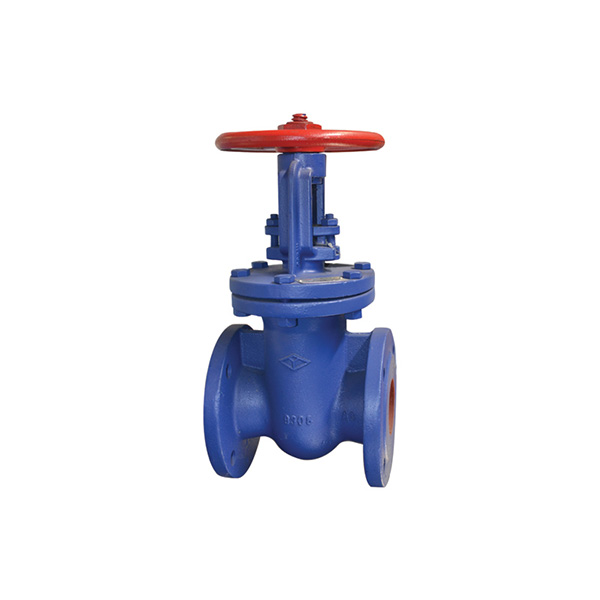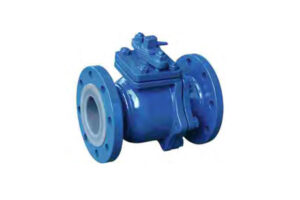As a valve expert with years of experience in the industry, I often get asked about the differences between gate valves and ball valves, and which type is better suited for specific applications.

The truth is, both valve types have their unique advantages and limitations, and the choice ultimately depends on factors such as the nature of the process, the operating conditions, and the specific requirements of the system.
بوابة الصمامات: Robust and Reliable

Gate valves are known for their rugged construction and ability to withstand extreme pressures and temperatures.
They feature a wedge-shaped gate that moves perpendicular to the flow path, allowing for a full-bore opening when in the open position. This design minimizes resistance to flow, making gate valves an excellent choice for applications where pressure drop is a critical concern, such as in water distribution systems, خطوط أنابيب النفط والغاز, ومرافق توليد الطاقة.
One of the key advantages of gate valves is their bidirectional flow capability, meaning they can effectively control flow in either direction. This versatility makes them suitable for a wide range of applications where flow reversal may occur. بالإضافة إلى ذلك, gate valves provide excellent shut-off capabilities, ensuring a tight seal when in the closed position.
لكن, gate valves do have some limitations. They typically require more operating torque compared to other valve types, which can make them less suitable for applications that require frequent operation. بالإضافة إلى, gate valves are not recommended for throttling services, as the partially open position can cause erosion and damage to the valve components.
الصمامات الكروية: Quick and Efficient

بall valves, على الجانب الآخر, offer a different set of advantages.
These valves feature a spherical ball with a bore that aligns with the flow path in the open position, allowing for minimal flow restriction. When the ball is rotated 90 درجات, the bore is perpendicular to the flow path, effectively shutting off the flow.
One of the key benefits of ball valves is their ability to provide quick and efficient operation. With a simple quarter-turn motion, they can transition from fully open to fully closed, making them an excellent choice for applications that require frequent operation or rapid shutoff. Ball valves are also well-suited for throttling services, as the ball’s spherical design minimizes turbulence and erosion when in the partially open position.
لكن, ball valves do have some drawbacks. They typically have a smaller bore size compared to gate valves of the same nominal diameter, which can result in higher pressure drops. بالإضافة إلى ذلك, ball valves are generally not recommended for applications involving high-pressure differentials or extreme temperatures, as these conditions can compromise the valve’s sealing capability and longevity.
Choosing the Right Valve
As a valve expert, I always recommend carefully evaluating the specific requirements of each application before selecting the appropriate valve type. Gate valves are often the preferred choice for applications where high pressures, درجات الحرارة, and bidirectional flow are involved, such as in the oil and gas, توليد الطاقة, and water distribution industries. الصمامات الكروية, على الجانب الآخر, excel in applications that require frequent operation, throttling capabilities, or rapid shutoff, كما هو الحال في المعالجة الكيميائية, المستحضرات الصيدلانية, and food and beverage industries.
Ultimately, the decision between a gate valve و a ball valve should be based on a thorough understanding of the process conditions, system requirements, and the valve’s performance characteristics. Reputable valve manufacturers like Farpro Yuanda Industrial Valve Manufacturer offer a wide range of both gate valves and ball valves, designed and manufactured to meet the highest industry standards and customer expectations.
